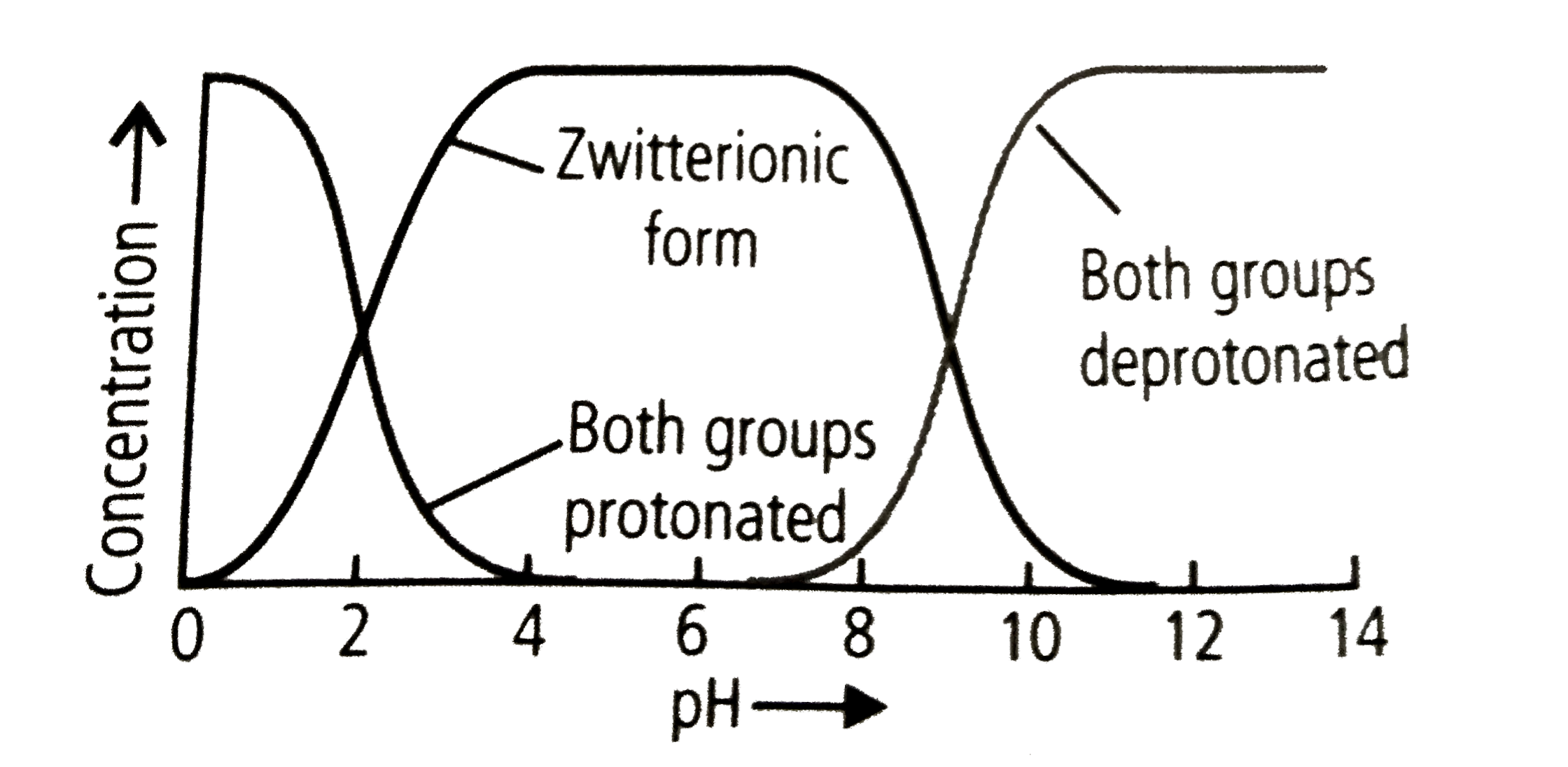What is a solvent called which is neither proton donor nor proton acceptor?
To answer the question, "What is a solvent called which is neither proton donor nor proton acceptor?", we can follow these steps:
1. Understanding Solvents: First, we need to understand what a solvent is in the context of acids and bases. A solvent is a substance that dissolves a solute, resulting in a solution.
2. Proton Donors and Acceptors: In acid-base chemistry, a proton donor is a substance that can give away a proton (H⁺ ion), while a proton acceptor is a substance that can take up a proton.
3. Identifying the Type of Solvent: We are looking for a type of solvent that does not participate in proton donation or acceptance. This means it does not have the ability to either donate protons or accept them.
4. Definition of the Solvent: The solvent that fits this description is called an aprotic solvent. Aprototic solvents are characterized by the absence of polar bonds that can lead to proton donation or acceptance.
5. Examples of Aprototic Solvents: Common examples of aprotic solvents include benzene and carbon tetrachloride. These solvents lack the polar bonds necessary for proton transfer.
6. Conclusion: Therefore, the solvent that is neither a proton donor nor a proton acceptor is known as an aprotic solvent.
Final Answer:
The solvent that is neither a proton donor nor a proton acceptor is called an aprotic solvent.
The solvent that is neither a proton donor nor a proton acceptor is called an aprotic solvent.
Topper's Solved these Questions
- CONCEPT OF ACIDS AND BASESBOOK - FIITJEECHAPTER - CONCEPT OF ACIDS AND BASESEXERCISE - ASSIGNMENT PROBLEMS (SUBJECTIVE)Level-II
9 Videos
- CONCEPT OF ACIDS AND BASESBOOK - FIITJEECHAPTER - CONCEPT OF ACIDS AND BASESEXERCISE - ASSIGNEMENT PROBLEMS (OBJECTIVE)Level-I
50 Videos
- CONCEPT OF ACIDS AND BASESBOOK - FIITJEECHAPTER - CONCEPT OF ACIDS AND BASESEXERCISE - Exercise
7 Videos
- CHEMISTRY IN EVERY DAY LIFE BOOK - FIITJEECHAPTER - CHEMISTRY IN EVERY DAY LIFE EXERCISE - ASSIGNMENT PROBLEMS (OBJECTIVE) Level - II (Numerical Based Questions)
5 Videos
- ELECTROCHEMISTRYBOOK - FIITJEECHAPTER - ELECTROCHEMISTRYEXERCISE - Matcing Type Single Correct Questions
3 Videos
Similar Questions
Knowledge Check
The solvent which neither accepts proton nor donates proton is called
AAmphotericBNeutralCAproticDAmphiproticRefer to the given graph showing state of ionisation of zwitterion.
Select the correct statements regarding zwitterion.
(i) Zwitterions can be formed from compunds that contain both acid groups and basic groups in their molecules.
(ii) A zwitterion can act either as proton donor or proton acceptor.
(iii) A monoamine monocarboxylic α-amino acid is a acid at high pH as both the groups (amino and carboxyl) lose a proton.
(iv) Amino acids in solution at neutral pH exist predominantly as dipolar ions, the amino group is protonated (−NH+3) and the carboxyl group is deprotonated (−COO−).
 A(iii) and (iv)B(i), (ii), (iii) and (iv)C(i) and (ii)D(i), (ii) and (iii)
A(iii) and (iv)B(i), (ii), (iii) and (iv)C(i) and (ii)D(i), (ii) and (iii)The number which is neither prime nor composite is
A4B1C2D3
Assertion (A): pKa of a weak acid become equal of the pH of the solution at the mid-point of titration.
Reason (R) : The molar concentration of the proton donor an proton acceptor beomes equal at the mid-point.
View SolutionThe vitamins which is neither soluble in water nor in fat is
View SolutionAn oxide of a non-metal has the follownig properties :
(i) It acts both as a proton donor as well as proton acceptor.
(ii) It reacts readily with basic and acidic oxides.
(iii) It oxidises Fe at its boiling point.
The oxide is
View SolutionOxide of a non-metal possesses the following characteristics
(i) It is both a proton donor and an acceptor
(ii) It is a poor conductor of electricity
(iii) It reacts readily with basic and acides
(iv) It oxidises Fe at its boiling point.This oxide is
View SolutionAn oxide of a non-metal has the following properties.
(i) It acts both as a proton donor as well as a proton acceptor.
(ii)It reacts readily with basic and acidic oxides.
(iii)It oxidises Fe at its boiling point.
(iv) It is a poor conductor of electricity.
The oxide is
View Solution
